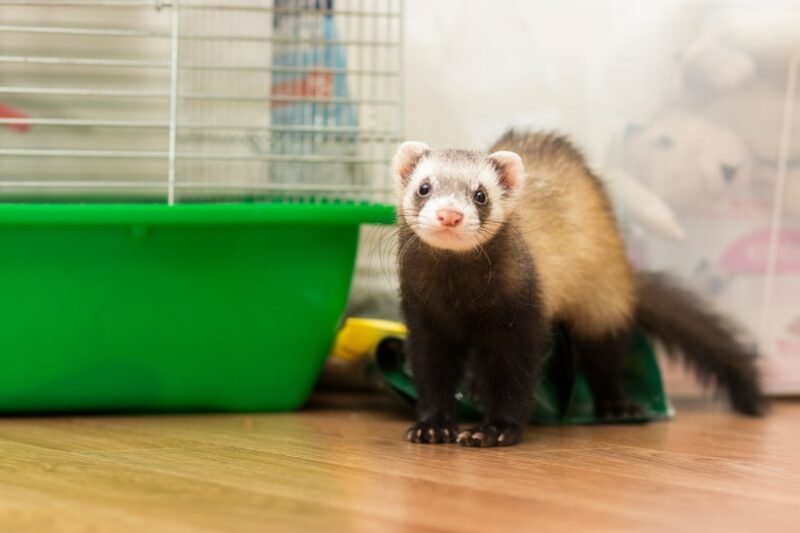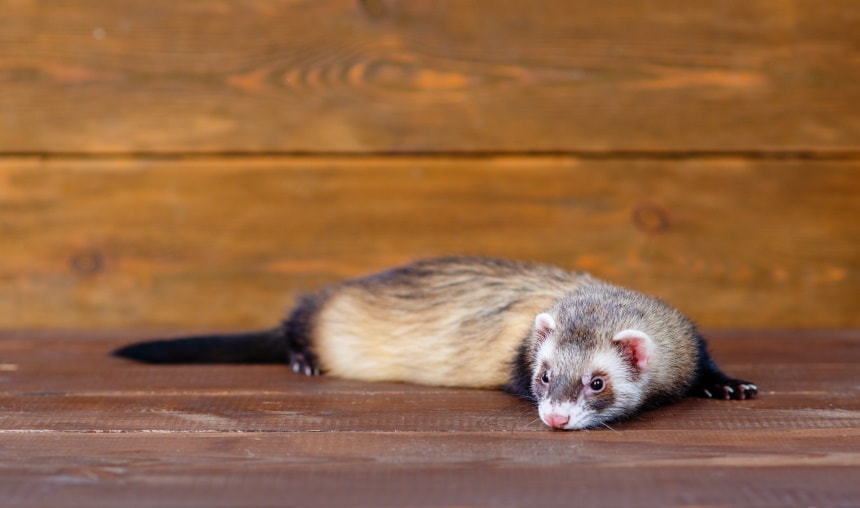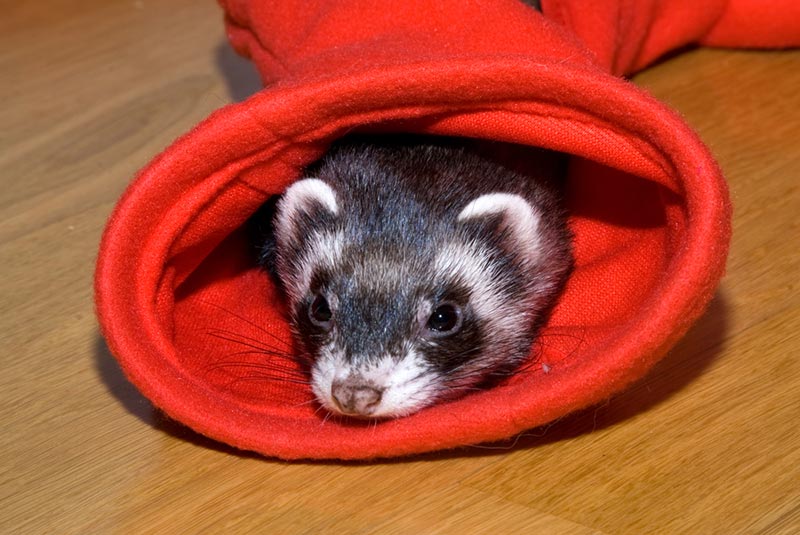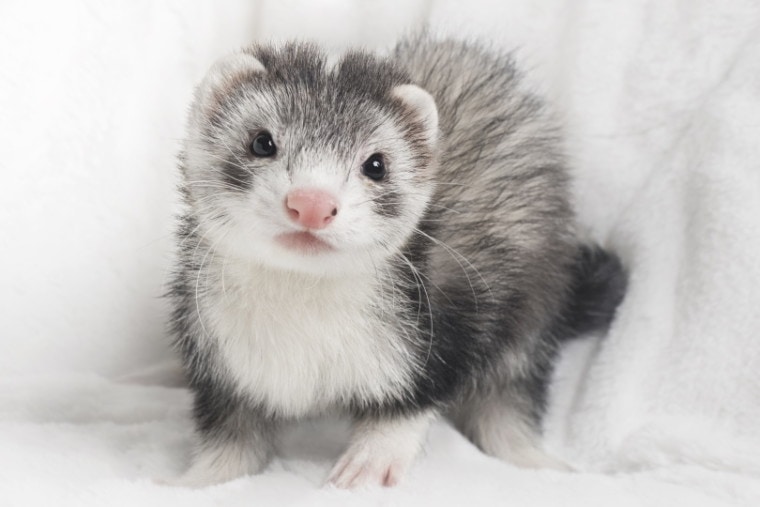
Understanding your ferret’s body language is a key aspect of creating a strong bond with them. Ferrets, like any other animal, have their own unique ways of expressing their feelings and intentions. This guide will delve deeper into the various behavioral signals exhibited by ferrets.
The 8 Ferret Behaviours to Understand
1. Playful Behaviors
Ferrets are known for their energetic and playful nature. Recognizing their playful behaviors can help you engage with them better.
The Weasel War Dance
One of the most distinctive ferret behaviors is the ‘Weasel War Dance’. This involves a series of hops, leaps, sideways jumps, and even running into nearby objects. Despite its aggressive name, this behavior indicates happiness and a desire for play. It’s an invitation to join in on their fun!
Curiosity-Driven Exploration
Ferrets are incredibly curious creatures and love to investigate their surroundings. They often explore every nook and cranny of their environment, squeezing into small spaces, and even stealing and hiding interesting items. This behavior is a sign of their natural curiosity and should be encouraged, albeit safely.
Toy Interaction
Ferrets find joy in playing with toys. They can spend hours tossing, rolling, and hiding their toys. This not only keeps them entertained but also provides crucial mental stimulation.
2. Social Interactions
Ferrets are social animals that enjoy interacting with their human caregivers and fellow ferrets.
Bonding and Affection
Ferrets form deep bonds with their caregivers and fellow ferrets. They express this affection by cuddling, licking, or nuzzling against their loved ones, especially during rest periods. If your ferret is showing these behaviors, it’s a sign they trust and feel comfortable with you.
Group Play
Ferrets enjoy engaging in group play. This can involve mock fighting, chasing each other, and wrestling. While it may seem rough at times, it’s usually harmless fun. However, always watch out for signs of actual aggression or distress.
Grooming Each Other
Ferrets often groom each other as a sign of social bonding. This behavior promotes group harmony and is a positive sign of their social health.
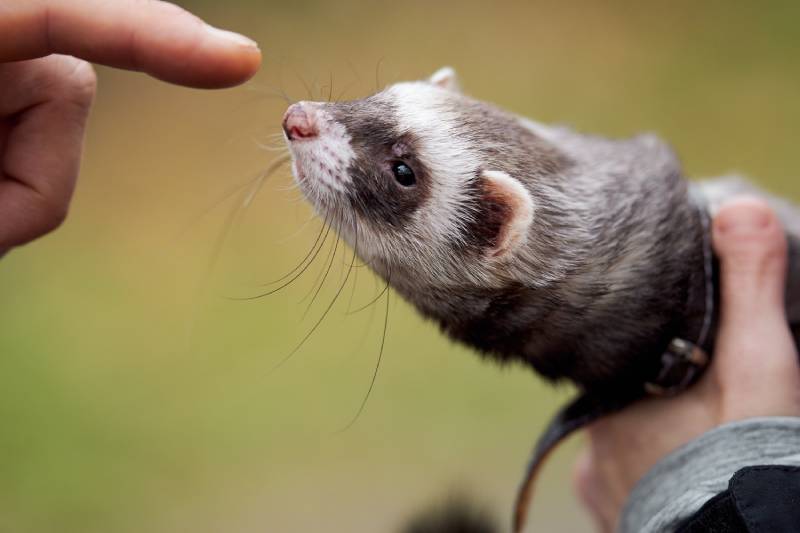
3. Vocalizations
Ferrets are not the most vocal of pets, but they do make a range of sounds to communicate their feelings:
4. Body Language and Behaviors
Ferrets use their bodies to express various emotions and intentions:
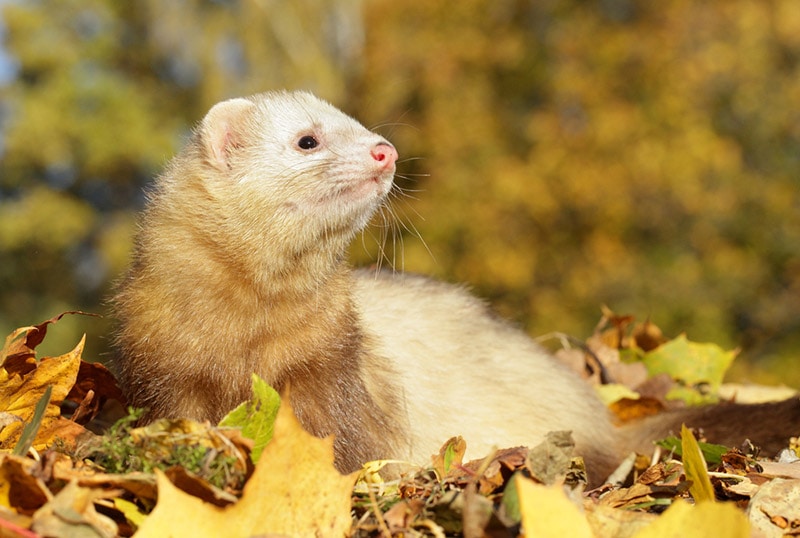
5. Scents
Ferrets have a strong sense of smell and use scents to communicate:
6. Rest and Sleep Patterns
Understanding your ferret’s sleep patterns can provide insights into their health and well-being. Ferrets have unique sleep habits that set them apart from many other pets:
Long Sleep Hours
Ferrets are known to sleep for long periods, typically ranging from 14–18 hours a day. This sleep is usually spread throughout the day and night, with periods of activity in between.
Crepuscular Activity
Ferrets are crepuscular animals, which means they are most active during dawn and dusk. During these times, they often engage in play, exploration, and feeding.
Sleep Grouping
In a multi-ferret household, you’ll often find ferrets huddled together during their sleep periods. This behavior provides warmth and companionship and is a sign of a strong social bond.

7. Mating Behaviors
Male and female ferrets display distinctive mating behaviors:
8. Distress Behaviors
Ferrets may exhibit certain behaviors when in distress or discomfort:
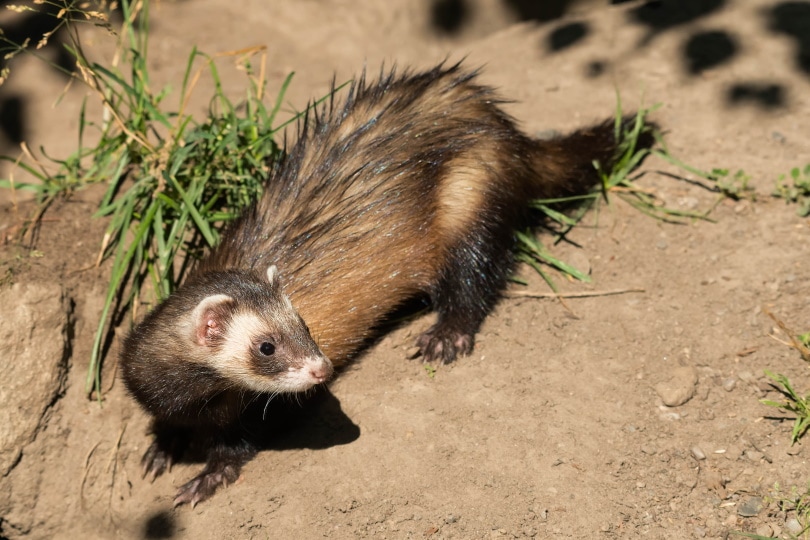
9. Joyful Reactions
Ferrets also display specific behaviors when feeling content or joyful:
10. Training and Learning Abilities
Ferrets are intelligent animals capable of learning and being trained:
Litter Training
With patience and consistency, ferrets can be trained to use a litter box. They often prefer to use the same spot each time, which can make this process easier.
Name Recognition
Many ferrets can learn to recognize their name and may respond by looking towards the source of the sound. This can be a useful tool in training and bonding.
Trick Training
Using positive reinforcement techniques, some ferrets can even be trained to perform simple tricks like rolling over or fetching. This not only stimulates their mind but also provides a fun interaction for both pet and owner.
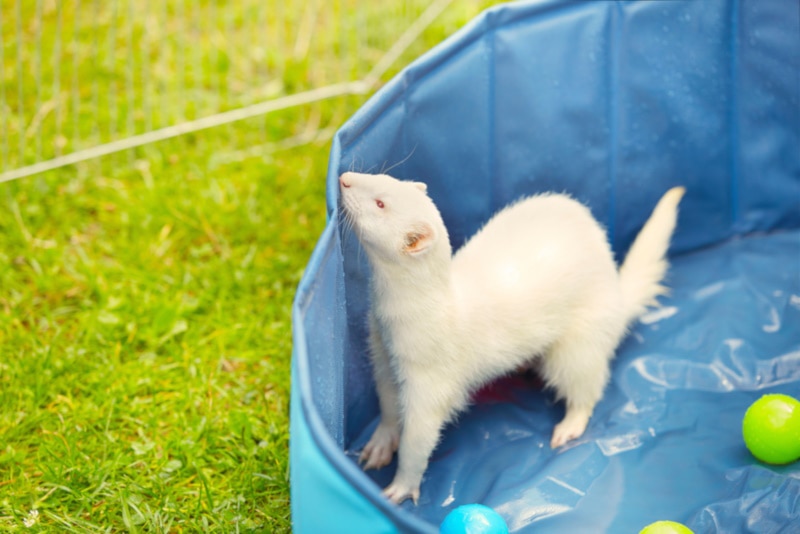
Additional Signs Your Ferret is Sick or Distressed
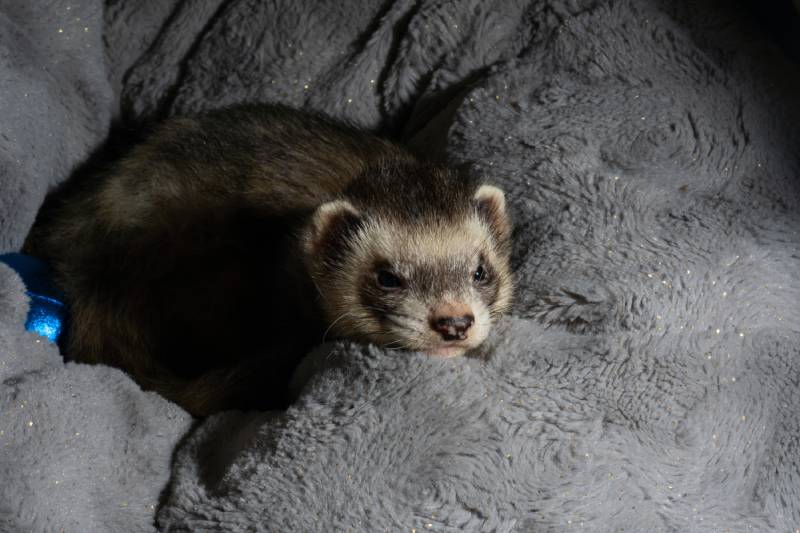
Other FAQs About Ferrets
What is the average lifespan of a ferret?
Ferrets typically live between 6 to 10 years, though some may live longer with optimal care.
Can I have just one ferret, or do they need companions?
While ferrets can live alone, they are social animals and often enjoy the company of other ferrets.
Do ferrets get along with other pets?
Ferrets can get along with other pets like cats and dogs, but introductions should be supervised as they have a different play style.
What kind of diet does a ferret require?
Ferrets are obligate carnivores, which means their diet should primarily consist of meat. They require high protein and moderate fat content in their meals.
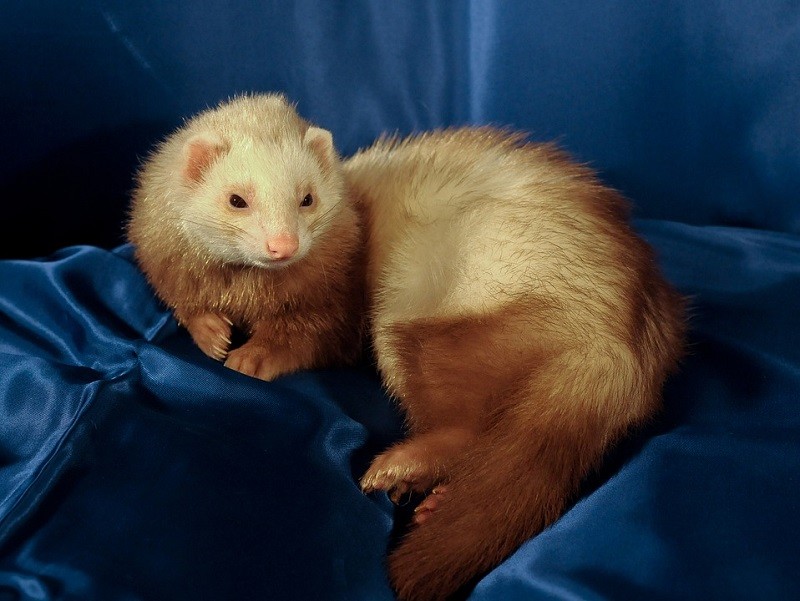
Conclusion
Ferrets are fascinating creatures with a rich repertoire of behaviors. From their playful antics and social interactions to their unique sleep patterns and learning abilities, understanding these behaviors is key to forming a strong bond with your pet. Whether it’s decoding their vocalizations, responding appropriately to mating behaviors, or recognizing signs of distress, being attuned to your ferret’s behavioral cues is the way to ensure they’re thriving.
Featured Image Credit: Stephanie’screativeImages, Shutterstock



